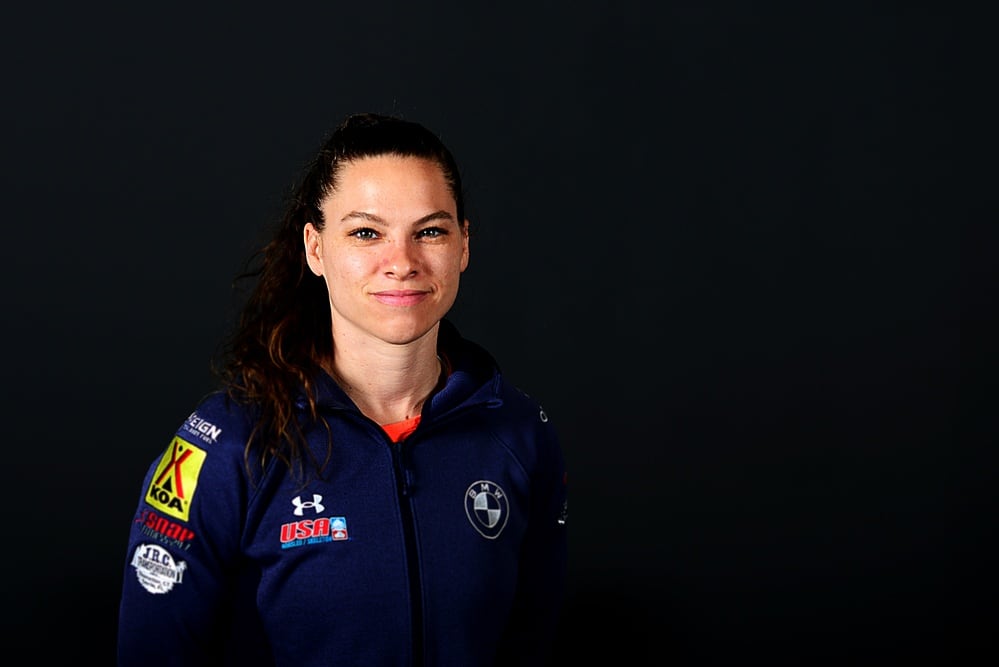Kelly Curtis doesn’t need a fighter jet to fly fast.
Curtis, 33, will make her Olympic debut as a skeleton racer on Team USA in the 2022 Winter Games that begin Wednesday in Beijing. Opening ceremonies are slated for Friday. The airman 1st class is also the sole Air Force member among the nine U.S. troops, plus one alternate, who qualified for this year’s Olympic team.
“It’s still setting in. I thought I would be back on base working around this time,” she told Air Force Times in a Jan. 24 interview. “I’ll feel like a true Olympian once I take my first runs in official training.”
RELATED
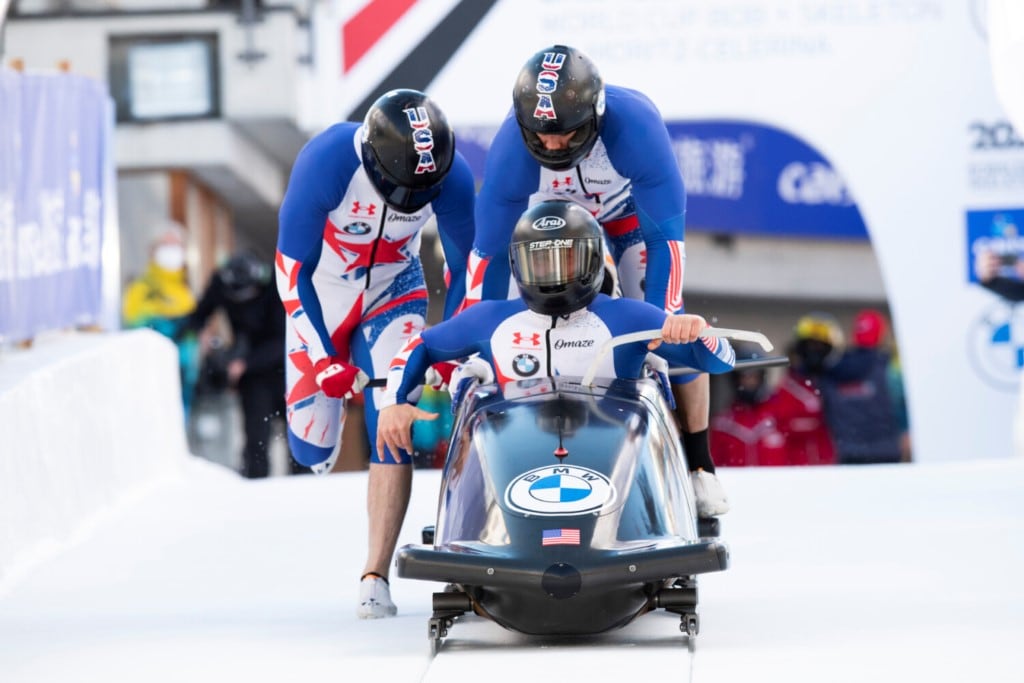
Currently ranked No. 14 in the world by the International Bobsleigh and Skeleton Federation, Curtis has spent the past two years juggling skeleton training while joining the Air Force amid the coronavirus pandemic.
She enlisted through the service’s World-Class Athlete Program, which offers prospective and current airmen a path to a military career while being nationally ranked in their sport.
Curtis likes that she can follow in the footsteps of her family members who served in the military. It also provides a stable job to support an expensive sport.
“When we travel for our season, we are away from our homes October through April, so finding a steady source of income has always been a struggle,” Curtis said in a September 2020 press release. “I’ve had situations where I’ve had to decide between another training run or eating dinner that night.”
Skeleton is not for the faint of heart. Armed with only a helmet and a bare-bones sled, racers sprint down a curved ice track, jump face-down onto their sled, and jettison themselves headfirst toward the finish at more than 80 mph. Their chins hover an inch or two above the ice while pulling up to 5 G’s on the sled.
An elite run takes just over one minute to go about a mile; each performance earns points toward an athlete’s seasonal ranking.
RELATED

Curtis competed in heptathlons — a seven-part track-and-field competition of jumps, hurdles, running and throwing — as an undergraduate before discovering bobsled in graduate school.
“I was always too scared to do it. I didn’t really feel like I had what it took to be a bobsledder, and I also did not like the cold,” she said. “When I found myself in grad school in upstate New York, I was already in the cold, so I was like, ‘If I’m going to be up here, I might as well be doing something fun.’”
Her brief time in bobsledding introduced her to the similar sport of skeleton. She was hooked and began competing in 2014.
Speaking from Chula Vista, California, which hosts an Olympic training facility where American athletes were gearing up to leave for China, Curtis said becoming an airman has taken a leap similar to that of learning skeleton.
“The first few weeks of basic training, you’re wondering what you got yourself into, and then by the end … you’re pretty much settled in and immersed in the culture,” she said. “You unlock a whole new level of understanding and appreciation.”
RELATED
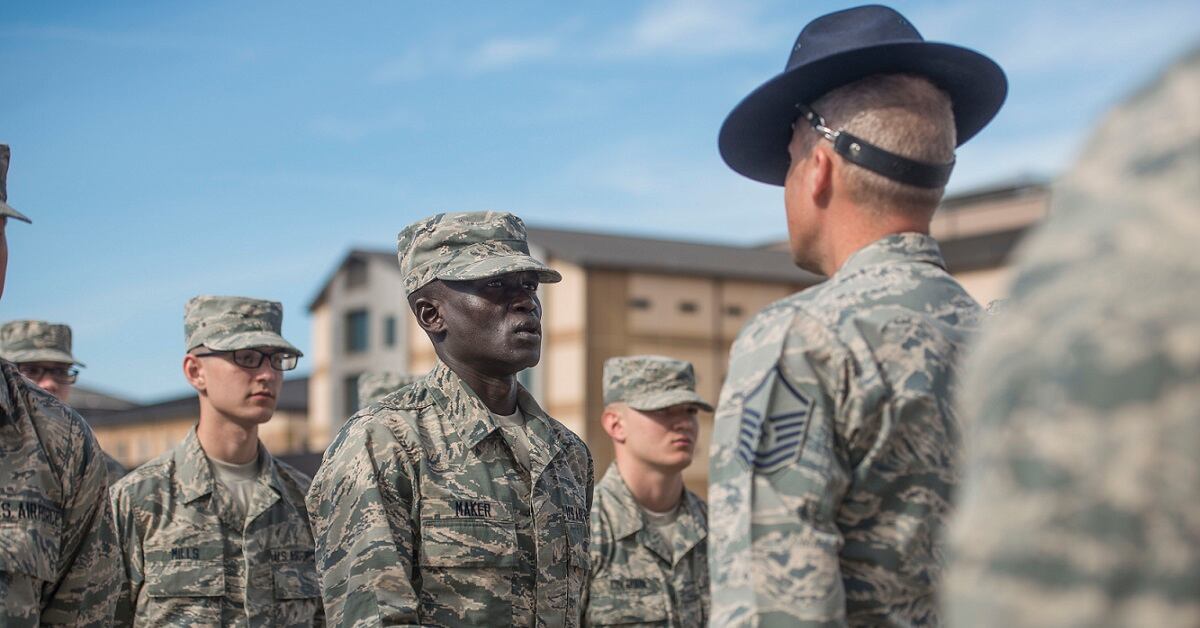
Curtis enlisted at the beginning of the COVID-19 pandemic, but she found that shipping out to basic military training in July 2020 provided structure in an otherwise unmoored offseason.
“Once the pandemic started, everything was pretty much thrown for a loop,” she said. “The most activity I would get would be going on my daily walk.”
Curtis graduated from basic training in August 2020 and completed technical school at Keesler Air Force Base, Mississippi, remotely via Zoom last year.
She and her husband moved to Italy in the fall for her first job with the 31st Communications Squadron at Aviano Air Base, where she’ll secure computers and other networks against attacks. It’s the “only communications squadron south of the Alps supporting permanently assigned fighter aircraft” for the U.S. Air Force in Europe, the service said.
Curtis hasn’t started work yet — she jumped into her sliding season a week after arriving in Italy. Still, the World-Class Athlete Program lets her know when she has training or other requirements due back home.
RELATED
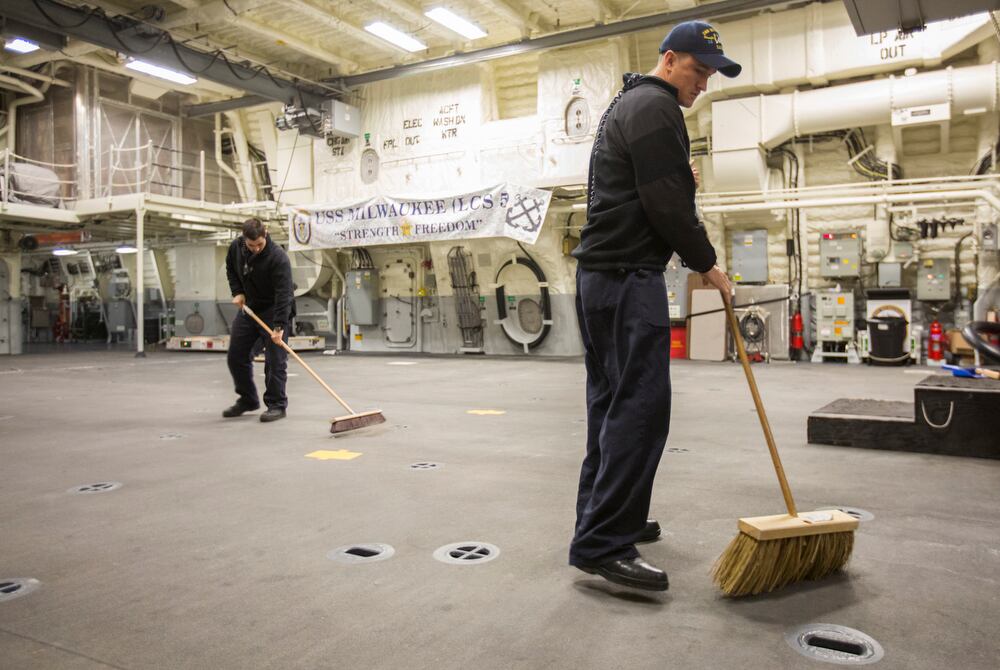
Competing at the highest level of her sport for the first time means she has little prior knowledge of the tracks she must face. She’s tried to ignore the pressure that comes with racing against the best in the world.
To qualify for the Olympics, Curtis rose through multiple rounds of competition that culminated in a World Cup race in Switzerland on Jan. 14. She placed sixth, her best finish this season, and overtook teammate Megan Henry for a spot in Beijing.
Three of the U.S. Olympic Team’s skeleton athletes are in the Winter Games this year: Curtis and veteran slider Katie Uhlaender in the women’s division, and Andrew Blaser in the men’s division. It’s the smallest Olympic skeleton delegation from Team USA since the sport rejoined the Winter Games in 2002.
Curtis says she’s not aiming for a particular goal in Beijing’s women’s skeleton heats, slated for Feb. 11-13.
“I’m really looking forward to getting back on my sled and competing well and representing well,” she said. “If I can walk away knowing that I put out my best effort, I’ll be really excited and see how much more I can improve.”
RELATED
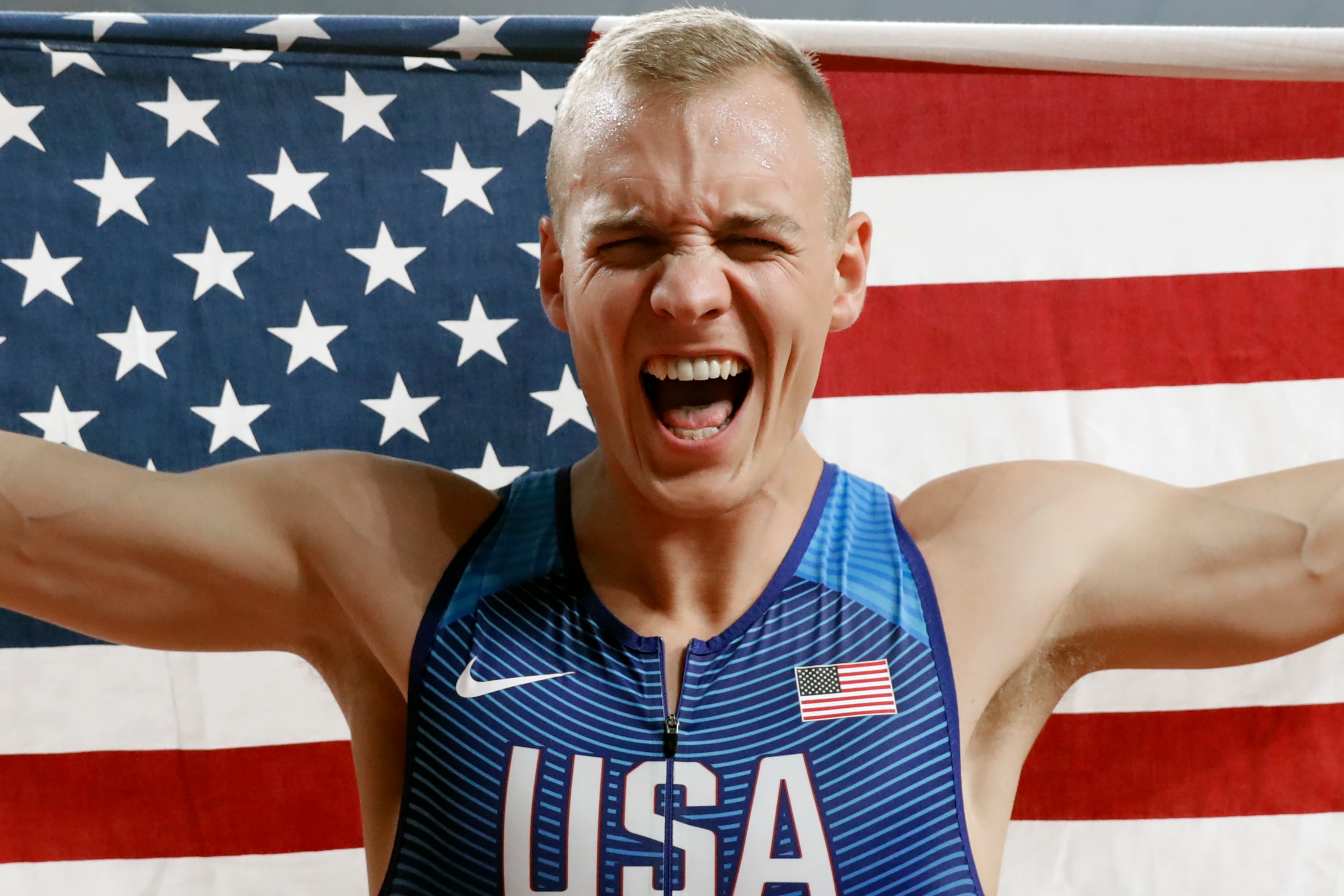
The 2022 Olympics come amid the U.S. military’s effort to project power in the Pacific and vie with China for influence around the world. But “great power competition” isn’t part of Curtis’s playbook.
“I’m just going to focus on what I can control and try to let everything else be,” she said. “There are a lot of different circumstances that could be happening behind the scenes that I don’t have any idea about or clue about, so I’m just going to try to do my job and put on a great show for everybody.”
Curtis already has her eye on the 2026 Winter Games in Italy, plus a commission in the Air Force.
“I know I need to do a lot in my career field to earn that spot,” she said of becoming an officer. “I’m not sure exactly how I’ll get down both of those paths, but I am working on it.”
Rachel Cohen is the editor of Air Force Times. She joined the publication as its senior reporter in March 2021. Her work has appeared in the Washington Post, the Frederick News-Post (Md.), Air and Space Forces Magazine, Inside Defense, Inside Health Policy and elsewhere.
